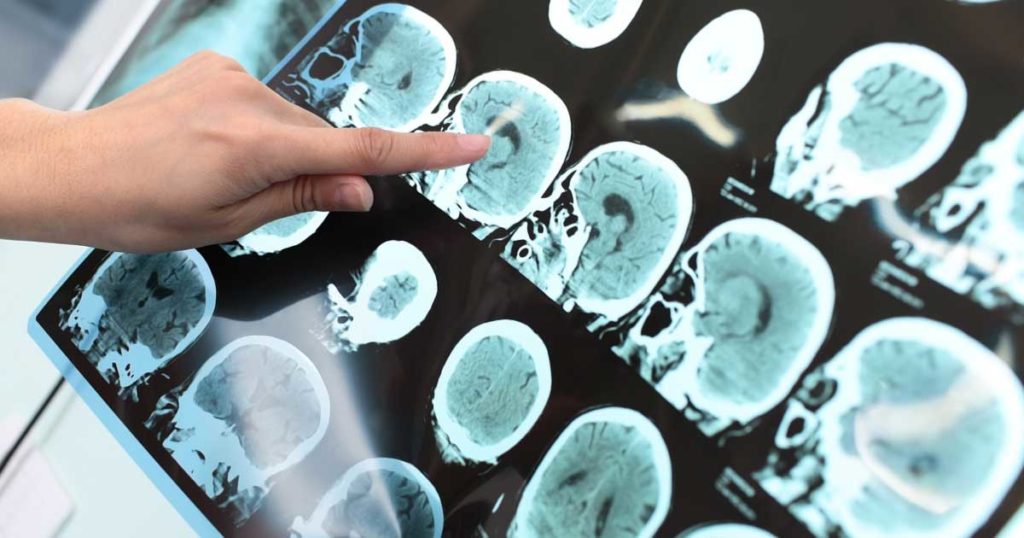The brain’s fear-generating capacity is a vital mechanism of protection that allows humans to respond appropriately to potential threats to their safety. From a biological perspective, the brain’s threat response is mediated by the limbic system via a pair of rounded appendages known as the right and left amygdalae. The amygdalae are involved in memory, decision-making and emotional response. When confronted by something unpleasant or threatening, they can trigger the rush of a neurotransmitter called glutamate, which causes feelings of agitation and alarm as it washes through the brain. In anticipation of something frightening or dangerous, the amygdalae will often switch into a super-observant mode, ready to spring into action and spark a survival-oriented fear reaction at a moment’s notice. But it would be wrong to assume the amygdalae operate like a pre-programmed machine. They are organic and malleable and can be tuned to respond at the drop of a hat. And conversely, they can be re-trained to not react as swiftly and strongly as would normally be the case.
Study Reveals Power of Love
To test the amygdala’s adaptive capacities, researchers at the University of Exeter in the United Kingdom exposed 42 healthy individuals to two separate sets of images, one immediately after the other. The first included scenes of people being cared for and treated with affection, and the second contained pictures and flashcards of threatening facial expressions or harsh, threatening words. The researchers measured brain activity before and during exposure using functional magnetic resonance imaging (fMRI) technology in order to see exactly how the test subjects were affected by their exposure to emotionally evocative imagery. Study participants were not acquainted with the people shown in the pictures, but they still reacted to what they’d seen in a measurable and significant way. After viewing the positive images, the threatening pictures elicited only a docile response, as the amygdala’s normal threat-monitoring capacities were left dormant. Past research has shown that exposure to soothing photos and videos can reduce the brain’s sensitivity to pain, but this was the first time that such imagery has been shown to decrease the typical fear response. All of the participants were in good physical and emotional health. Moving forward, however, the Exeter researchers are especially interested in seeing how their discoveries might be applied in the treatment of individuals suffering from stress-related mental health conditions like post-traumatic stress disorder (PTSD). Victims of PTSD are often stuck in a semi-permanent state of hyper-vigilance and are unable to control their emotional responses in circumstances that are not really threatening but are perceived to be so. According to the study’s lead researcher, Dr. Anke Karl, the plan is to “[build] on these findings to refine existing treatments for PTSD, to boost feelings of being safe and supported in order to improve coping with traumatic memories.” Past experience has shown that recovery from trauma is aided significantly by the active, compassionate support of family, friends, peer groups and fully involved mental health professionals. The Exeter study suggests that even small amounts of support and nurturing might be able to help re-program the brain to respond more appropriately and reservedly to stress. Recovery from PTSD is a long-term affair, and even the tiniest life-affirming factors could help to reinforce the process of healing.
Accentuating the Positive to Banish the Negative
The mind-body connection is a feedback loop. A person bathed in positive emotions will feel better in the moment, but this type of support can also alter the brain’s circuitry in constructive, lasting ways. Using thoughts and images to overcome difficult, life-altering conditions like PTSD may seem like a simplistic approach to healing, but anything that can move a suffering man or woman even one iota closer to the line of good health would be a welcome addition to any regimen of recovery. There really is no downside to loving, supportive and uplifting attitudes, whether self-cultivated or offered by others. Every trauma victim is striving to create a happier, healthier and more sustainable reality, and for these recovering souls, positive states of mind can be the building blocks to a much brighter future.


